Uncover India’s Rich Past: Must-Read Historical Fiction Books
Helllooo! IT’s Pixie Quill again hehe. Today We’ll talk about my favourite genre of stories; HISTORICAL FICTIONS yayayayaay 🙂
Let’s get started, I’m too excited to start yapping so I won’t write much in the intro
History, they say, is written by the victors. But historical fiction? That is the voice of those who lived it, breathed it, and suffered its consequences. It is a genre that bridges the chasm between cold, hard facts and the warm, beating heart of human experience. India, with its vast and varied past, offers fertile ground for stories that weave political upheavals, social transitions, and human resilience into narratives that capture both the imagination and the intellect.
From the zamindars of Bengal to the warrior clans of Rajasthan, from the British Raj’s iron grip in Punjab to the pulse of the freedom movement in Maharashtra, historical fiction in India brings forth hidden stories, lost voices, and forgotten struggles. Let us take a literary journey through the states of India, delving into books that encapsulate their socio-political realities at different epochs of history.
West Bengal: Sharadindu Bandyopadhyay’s “Tungabhadra’r Teere”
“History is not just written in ink; sometimes, it is written in blood.”
Sharadindu Bandyopadhyay, best known for his Byomkesh Bakshi detective series, was also a master of historical fiction. His novel Tungabhadra’r Teere unfolds against the backdrop of 16th-century Vijayanagara, exploring trade, politics, and the fall of the empire. The novel does not merely recount history; it breathes life into an era where the fate of kingdoms depended on a delicate balance of alliances and betrayals. Bandyopadhyay’s writing, rich with evocative descriptions and historical precision, makes the past palpable: “The river bore silent witness to the bloodshed of kings, to the whispers of merchants, and the prayers of saints.”
As he writes, “History is but a tale told from the victor’s gaze; truth, however, lingers in the whispers of the defeated.”
Bandyopadhyay’s works, along with Bankim Chandra Chattopadhyay’s ‘Anandamath’, which stirred nationalistic fervor, provide a glimpse into Bengal’s revolutionary spirit that shaped the freedom struggle.
Punjab: Khushwant Singh’s “Train to Pakistan”
“If there was one place, one little place where there was no violence, would the world not believe in love?”
Khushwant Singh’s Train to Pakistan remains one of the most poignant retellings of Partition—arguably the most tumultuous period in Punjab’s socio-political history. Set in Mano Majra, a sleepy village where Sikhs and Muslims lived in harmony, the novel chronicles how political decisions made in distant halls of power tore apart the fabric of local communities. The haunting imagery of an inbound train carrying the lifeless bodies of refugees is a metaphor for the brutality of division. Singh’s raw yet lyrical prose captures the essence of human suffering and resilience: “India is constipated with a lot of humbug. Take religion. It is full of humbug. But every humbug in India is a source of power.”
Rajasthan: Kiran Nagarkar’s “Cuckold”
“To be a king is to be married to war and solitude alike.”
Kiran Nagarkar’s Cuckold is a masterful exploration of 16th-century Mewar, told from the perspective of Maharaj Kumar, the neglected husband of Mirabai, the famous poet-saint. The novel beautifully juxtaposes the personal agony of a prince with the larger political intrigues that shaped Rajasthan’s history. As Mughal forces advanced and Rajput chieftains bickered, the protagonist grapples with existential dilemmas of duty, love, and loss. Nagarkar’s prose shimmers like the desert heat, its beauty disguising the starkness of its truths: “History is an unfaithful lover; she gives herself to those who least deserve her.”
Maharashtra: Ranjit Desai’s “Shriman Yogi”, The Maratha Legacy in ‘Rau’ by N.S. Inamdar
Set in the 18th century, ‘Rau’ by N.S. Inamdar is an extraordinary portrayal of Peshwa Bajirao I and his fabled love for Mastani. Beyond romance, the novel paints the vibrant socio-political landscape of Maratha rule, showcasing its military expansions, strategic alliances, and conflicts with the Mughal Empire.
With lines like “A warrior’s heart must choose—between love and duty, between the throne and the soul.”, Inamdar delves deep into the dilemmas that power brings. The novel reflects the grandeur and vulnerabilities of the Maratha empire and serves as an ode to a leader who shaped India’s destiny.
“To dream of Swaraj is easy; to build it is to sculpt a temple out of storm.”
Ranjit Desai’s Shriman Yogi is a tribute to Chhatrapati Shivaji, the Maratha warrior who dared to dream of an independent kingdom at a time when the Mughal Empire loomed large. More than just a military chronicle, the novel delves into the man behind the legend—his vision, his vulnerabilities, and his unbreakable spirit. Desai’s words are like the fortresses of Maharashtra: sturdy, timeless, and full of grandeur. He brings to life the era of valor with an intimacy that makes history feel like a lived experience rather than a recorded fact.
Tamil Nadu: Kalki Krishnamurthy’s “Ponniyin Selvan”
“The sea does not whisper secrets to cowards; only the brave dare to listen.”
Tamil Nadu’s history is incomplete without the grandeur of the Chola dynasty, and Kalki Krishnamurthy’s Ponniyin Selvan is its most celebrated literary tribute. Set in the 10th century, the novel captures the intricate political web of succession, war, and ambition that defined the Cholas. Kalki’s prose is both lyrical and precise, making history breathe through the valiant Rajaraja Chola and the cunning power players
surrounding him. The narrative, with its breathtaking depictions of South Indian landscapes, speaks of a time when the land itself seemed to conspire in the making of kings.
Kerala: M. T. Vasudevan Nair’s “Randamoozham”
“The weight of a throne is lighter than the weight of unspoken truths.”
Kerala’s literary maestro, M. T. Vasudevan Nair, offers a subversive take on the Mahabharata in Randamoozham, narrating it through the eyes of Bhima. By stripping away divine interventions, the novel turns the epic into a deeply human saga, exposing the political machinations and injustices that shaped the war. Bhima, usually overshadowed by the charismatic Arjuna and cunning Krishna, emerges as the tragic hero—a warrior who fought with strength but was denied his due. The novel serves as a metaphor for Kerala’s layered history, where power structures have often ignored the ones who built them.
Uttar Pradesh: Acharya Chatursen’s “Vaishali Ki Nagarvadhu”
“The world bows to kings, but the heart knows no master but love.”
Acharya Chatursen’s Vaishali Ki Nagarvadhu is an epic retelling of Amrapali, the famed courtesan of Vaishali, one of the first democratic republics in the world. The novel captures the socio-political landscape of ancient India, where morality and politics were as intertwined as fate and fortune. Amrapali’s journey—from a woman desired by all to a Buddhist ascetic—mirrors the tumultuous shifts in society, governance, and human relationships.
Assam: Colonial Resistance in Mamoni Raisom Goswami’s ‘The Moth-Eaten Howdah of a Tusker’
Assam’s socio-political struggles find a powerful voice in Indira Goswami’s ‘The Moth-Eaten Howdah of a Tusker’. Set in the early 20th century, the novel portrays a decaying feudal society, the rising influence of British colonialism, and the stirrings of rebellion among commoners.
Her words strike a chord: “Tradition is but a chain of golden links, beautiful yet binding.”
Through the decline of the aristocracy and the growing unrest, the novel mirrors the socio-political transitions in Assam’s colonial past.
History Through the Eyes of Fiction
Historical fiction does not just recount history; it revives it. Each of these books is a gateway to an era long gone yet eerily relevant. They show us how power corrupts, how people suffer, how love and war are but two sides of the same coin. More importantly, they remind us that the past is never truly past—it lingers in the stories we tell and the legacies we inherit.
As you turn the pages of these books, may you hear the echoes of lost voices, feel the pulse of forgotten revolutions, and carry with you the whispers of those who walked before us. For, as the great Khalil Gibran once wrote, “You may forget with whom you laughed, but you will never forget with whom you wept.”
Discover more from Ge-erdy Verse
Subscribe to get the latest posts sent to your email.
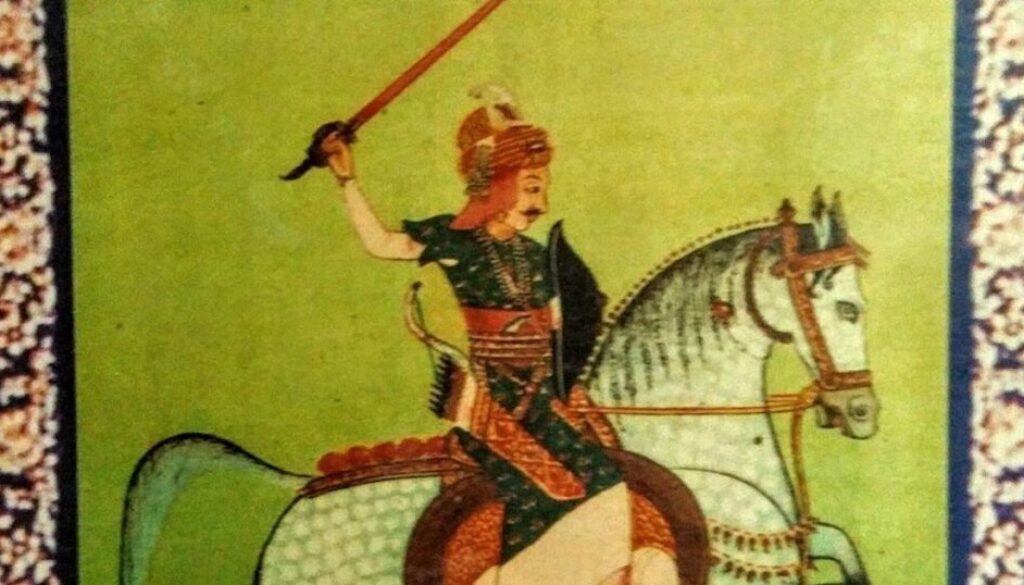
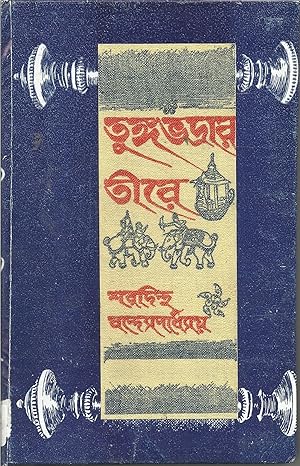
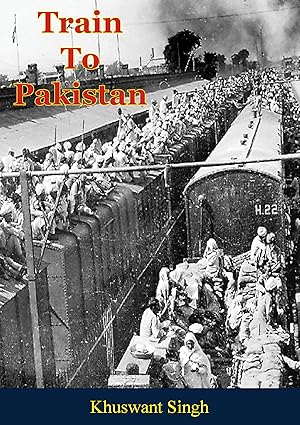
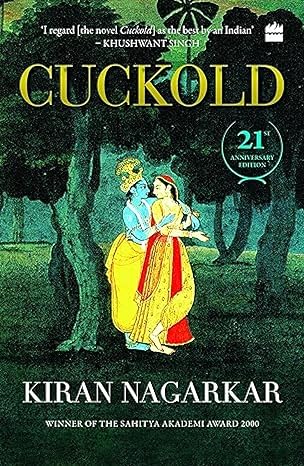
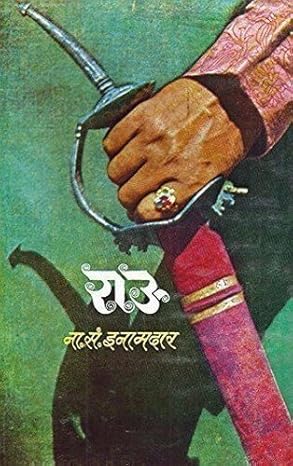
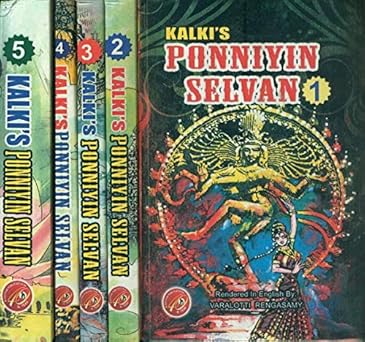
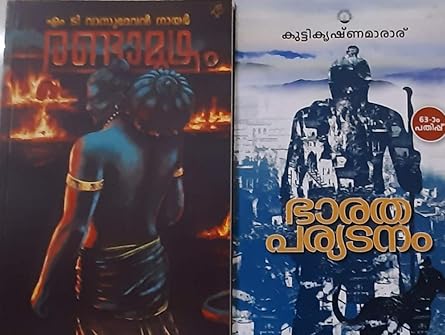
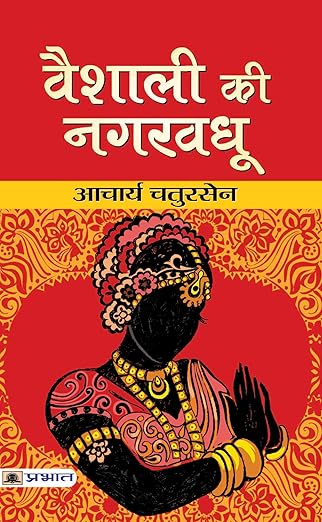
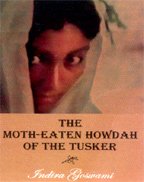
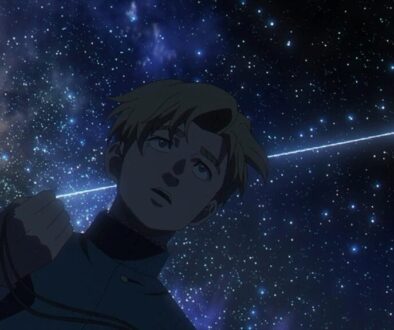

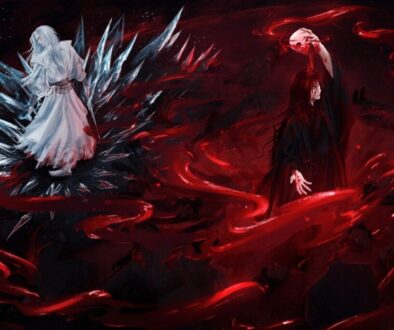
Historical Fiction Around the World: Timeless Stories That Bring the Past to Life - Ge-erdy verse
February 21, 2025 @ 3:09 pm
[…] know what to talk about here 🙂 So Let’s just talk about Historical Fiction around the Globe [Did you read my Historical fictions of different states of India tho?] Enjoy […]